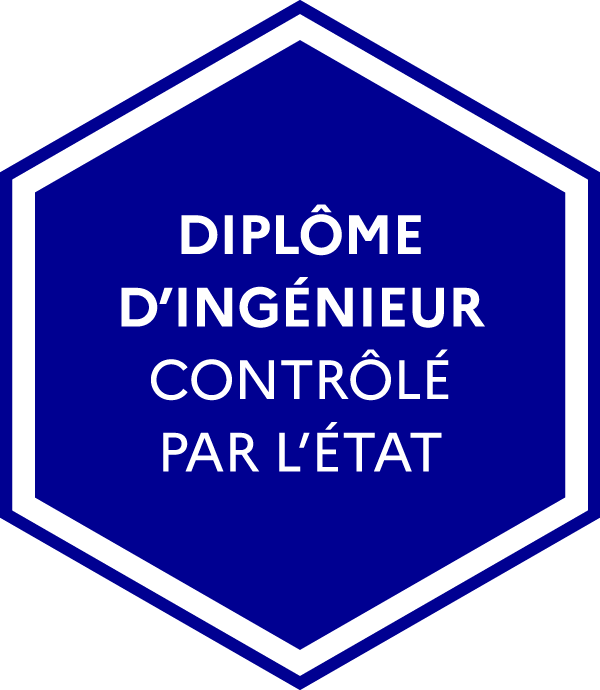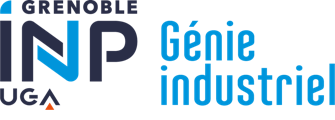Volumes horaires
- CM 6.0
- Projet -
- TD 6.0
- Stage -
- TP 21.0
- DS 1.5
Crédits ECTS
Crédits ECTS 3.0
Objectif(s)
Objectives:
Systems engineering (SE) is an interdisciplinary approach and means to enable the realization of successful systems. It focuses on defining customer needs and required functionality early in the development cycle, documenting requirements, and then proceeding with design synthesis and system validation while considering the complete problem: operations, cost and schedule, performance, training and support, test, manufacturing, and disposal. SE considers both the business and the technical needs of all customers with the goal of providing a quality product that meets the user needs. (International Council of Systems Engineers)
The objectives of this course are to provide the student a wide understanding of the processes, methods and tools to set up to develop complex systems. Systems may cover complex product, services or organizations. The SE approach is mixing technical and management activities. One variant of SE is based on an extensive use of models to conduct the engineering activities (e.g. from stakeholders needs analysis to system design and validation). This approach named Model-Based SE is seen as the future of SE. It uses modelling languages as SysML that will be teach in the course as well as a supporting tool called Papyrus.
The student will be able to drive a SE project using MBSE practices. The course is mixing lectures given by a senior System Engineer from Schneider Electric, practices of MBSE with SysML and Papyrus with 2 members of CEA LIST (the editor of Papyrus) and a long term case study to apply the whole SE approach.
Content:
Lectures:
Introducing Systems Engineering (SE)
Motivation, System Thinking,
Processes of SE, standards
SE Management
Verification & Validation organization
Deploying SE in industry
Model-Based SE
Application:
SysML
Papyrus modelling tool
Case study
Industrial feedback on SE & MBSE
Lecture 12h, SysML & Papyrus 18h, Case study follow up 6h, Industry feedback 3h
Contenu(s)
Lectures:
Introducing Systems Engineering (SE)
Motivation, System Thinking,
Processes of SE, standards
SE Management
Verification & Validation organization
Deploying SE in industry
Model-Based SE
Application:
SysML
Papyrus modelling tool
Case study
Industrial feedback on SE & MBSE
Lecture 12h, SysML & Papyrus 18h, Case study follow up 6h, Industry feedback 3h
Evaluation = 50% Exam & 50% Case study
S1 50% Exam & 50% Case Study
S2 Oral or Exam
Cette pondération est compatible avec une organisation des enseignements et des examens en distanciel
L'examen existe uniquement en anglais 
Le cours est programmé dans ces filières :
- Cursus ingénieur - Master 1 GI SIE - Semestre 8 (ce cours est donné uniquement en anglais
 )
) - Cursus ingénieur - Ingénieur ICL - Semestre 8 (ce cours est donné uniquement en anglais
 )
) - Cursus ingénieur - Ingénieur IdP - Semestre 8 (ce cours est donné uniquement en anglais
 )
)
Code de l'enseignement : 4GUC11C2
Langue(s) d'enseignement : 
Vous pouvez retrouver ce cours dans la liste de tous les cours.
INCOSE (2006, June). Systems engineering handbook. In INCOSE,.
Friedenthal, S., Moore, A., & Steiner, R. (2014). A practical guide to SysML: the systems modeling language. Morgan Kaufmann.

Programme pédagogique 2024-2025
Parcours ingénieur statut étudiant
- Tronc commun 1ère année
Présentation
Semestre 5 | Semestre 6
- Filière ICL
Présentation
Semestre 7 | Semestre 8 | Semestre 9 | Semestre 10
- Filière IDP
Présentation
Semestre 7 | Semestre 8 | Semestre 9 | Semestre 10
Parcours ingénieur statut apprenti
- Filière IPID
Présentation
Semestre 5 | Semestre 6 | Semestre 7 | Semestre 8 | Semestre 9 | Semestre 10
Contacts
Equipe académique
- Directeur des études
Pierre Lemaire - Responsable 1ère année
Abdourahim Sylla - Responsable filière ICL
Irène Gannaz - Responsable filière IDP
Yann Ledoux - Responsables filière IPID
Olivier Boissin
Nicolas Catusse
Equipe administrative
- Responsable scolarité
Laure Jouffray - Gestionnaire 1ère année
Valérie Demicheli - Gestionnaire 2ème année
Sylvie Malandrino - Gestionnaire 3ème année et parcours spéciaux
Vincente Odier - Gestionnaire Apprentis
Carina Cataldi



